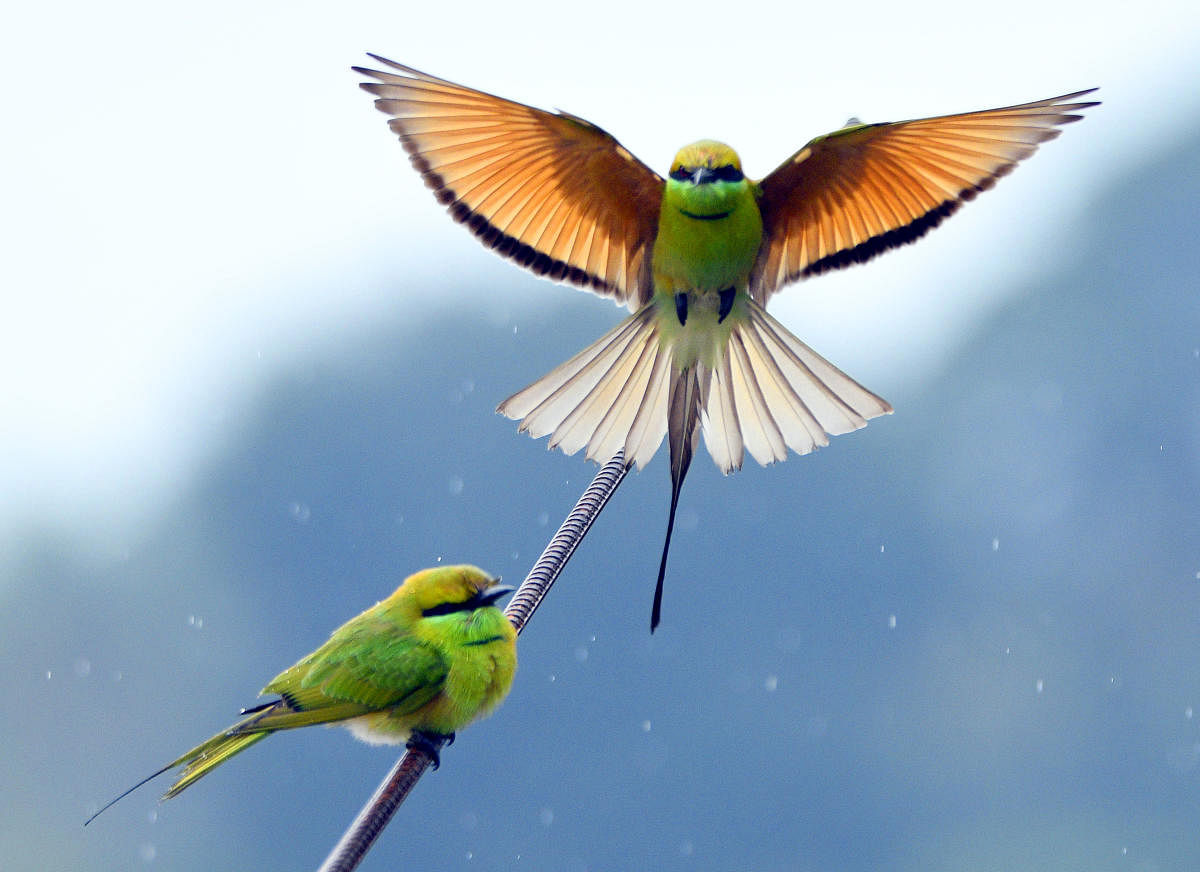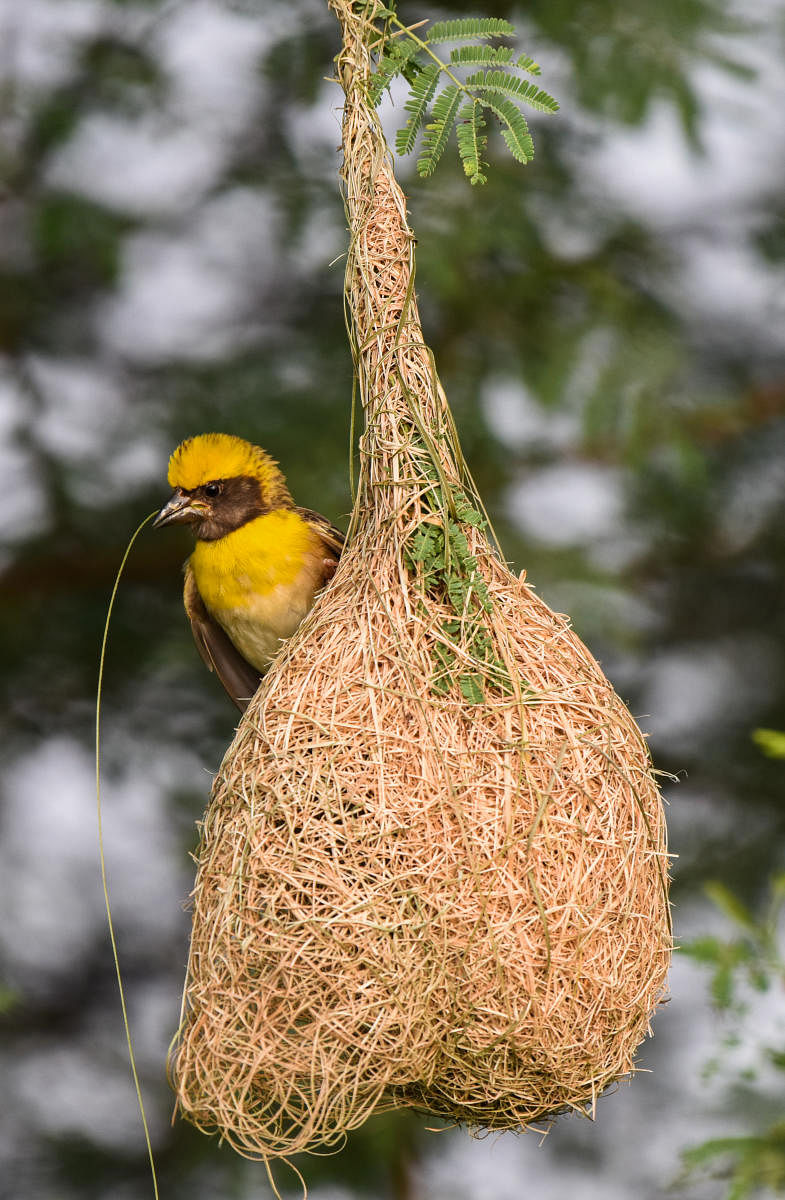

Photographing birds can be challenging as they are fast, mostly in flight and unpredictable. The scope for mistakes is very narrow. Capturing birds in action and in their habitat can be a captivating exercise. For example, their hunting efforts or the feeding of their young, weaving their nests, and courtship displays can make for wonderful pictures.
Bird photography is a test of patience and skills along with knowledge about the birds and their nature. With these simple tips, you will be able to photograph birds, which some say, is one of the toughest challenges!
Know the birds: The first and basic requirement is to study the bird that you want to photograph. Each bird has a different nature and unique characteristics. Knowing this will come in handy in planning the shoot. Most birds can be shy and scoot at the slightest movement. Some birds can come very close before they take off. Some birds are active during a particular season or time of the day. Study and do your bit of research before you begin.
Location: If you are a beginner, start with common birds like pigeons, crows or kites found easily near your locality. Or go to a zoo or a lake to practice and get a hang of the genre before going into the wild. You can step up your game by visiting bird hotspots like a sanctuary, or locations where migratory birds end up. Remember to respect the space where you decide to shoot and not to interfere with the bird’s habitat. Research beforehand and plan your bird photography trip carefully.
Camera: Yes, this genre requires good gear. A telephoto lens and a fast camera are essential for sharp pictures. A 300mm lens is the minimum focal point for shooting the subject. Longer ranges like 400mm or 600mm are even better as birds are often far from your spot. Lenses ranging from 100-400mm, 200-500mm, and 150-500mm give you more flexibility. The idea is to fill the frame with the bird and leave enough room for action. Some birds are very tiny yet beautiful. Consider a monopod or support for the lens.
Framing: What makes or breaks a good picture is framing aka composition. When it comes to bird photography, a mere picture of the bird is half the job. Try to fill the frame as much as possible with the bird in interesting light and action.
Pay attention to the elements around the birds. Whether it is water in the background or foreground, a twig in its beak or hidden between branches, feeding the little ones, etc. Knowing the nature of the birds comes in handy here since you can anticipate what it might do next and you can fire away. Pro tip: Focus on the whole body as the heads of birds are often moving and then wait patiently for action.
Settings: Try to shoot in aperture mode. Capturing a bird with a bold background can be controlled by the f-stop. Shoot between f2.8 to 5.6 for a sharp image with a blurred background. A preferred shutter speed above 1/1000s is best, so keep the ISO between ISO 400-800. Set the autofocus to continuous mode (AF-C) and continuous shutter mode where the camera will take more than a frame per click/second as all birds move fast.
Post-processing: Once you have almost filled your memory card with birds, choose the best pictures carefully. Cropping plays an important role. Don’t go overboard in cropping and editing by adding unnatural colours or adding/removing elements from the image. Keep some breathing space If you shoot in RAW image format; there is more scope for making the picture better in terms of cropping, colours and exporting in high resolution.
Bird photography can be greatly challenging, and test one’s patience and skills but these simple tips should get you going. If you don’t have expensive gear, consider renting equipment for the short term. You can also join bird-watching groups to understand birds, get your basics right and identify different birds. You might not get the perfect shot at first but with practice, you will get better.
Lenscraft is a monthly column on all things photography — tips, tricks and everything in between.
The writer is a photojournalist who tells stories with his pictures. Find his pictures on Twitter and Instagram @pushkarv